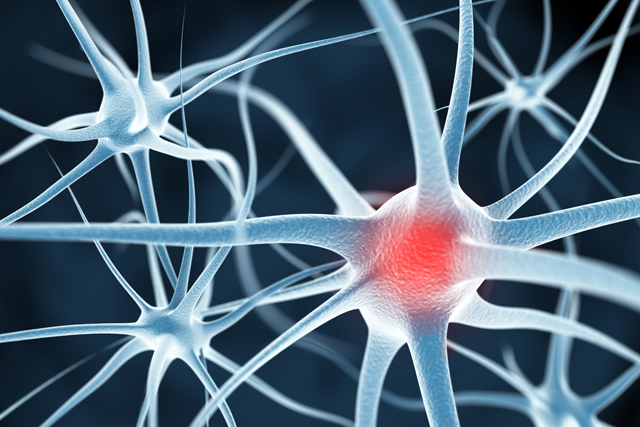Hola a todos!!!
Hello everyone!!!
"El alma descansa cuando dejar ir sus lágrimas, pero el dolor necesita del llanto para encontrar auténtico alivio".Ovidio
"The soul rests when it lets go of its tears, but pain needs weeping to find true relief".Ovidio

Nuevamente compartiendo con ustedes un tema bien interesante "el llanto como terapia". A veces algunas emociones negativas nos sirven para drenar lo que llevamos por dentro. Mis escritos me gusta hacerlos sencillos y entendibles para que el lector no se aburra y capte lo leído. Lo primero que quiero definir antes de entrar al tema , ¿Qué es el llanto? El llanto es una respuesta de tipo emocional que surge ante una emoción muy fuerte. El se presenta cuando estamos frente a un sufrimiento, o mala experiencia. El llanto es un mecanismo de desahogo, es un alivio, nos ayuda mitigar las penas, el dolor, el sufrimiento, etc
Again sharing with you a very interesting topic "crying as therapy". Sometimes some negative emotions help us to drain what we carry inside. I like to make my writings simple and understandable so that the reader does not get bored and grasps what I read. The first thing I want to define before getting into the topic, what is crying? Crying is an emotional response to a very strong emotion. It occurs when we are facing a suffering or a bad experience. Crying is a mechanism of relief, it is a relief, it helps us to mitigate the sorrows, the pain, the suffering, etc.

Una de las maneras de liberar las toxinas generadas por la ansiedad y el estrés, es a través del llanto activando las neurotrofinas sustancia capaz de beneficiar la plasticidad neuronal. Que es la plasticidad neuronal? Es la capacidad que tiene el sistema nervioso de poder cambiar su estructura molecular, comportamiento, etc, ante diversos estímulos tanto en su su estructura y función. A través de esta el cerebro se recupera y reestructura. La importancia de esta es que a través de la plasticidad neuronal podemos aprender cosas nuevas y adquirir nuevos intelectos y enseñanzas. Por lo tanto nos ayuda a la adquisición de habilidades cognitivas.
One of the ways to release toxins generated by anxiety and stress is through crying, activating neurotrophins, a substance capable of benefiting neuronal plasticity. What is neuronal plasticity? It is the capacity of the nervous system to change its molecular structure, behavior, etc., in the face of diverse stimuli, both in its structure and function. Through this the brain recovers and restructures itself. The importance of this is that through neuronal plasticity we can learn new things and acquire new intellects and teachings. Therefore it helps us to acquire cognitive skills.

Es importante recordar que el llorar es necesario para el ser humano. Este nos une al dolor y a cualquier situación donde nos sintamos débil. Es un mecanismo de defensa del organismo para desahogarse. Siempre y cuando lo utilicemos como medio para hacer catarsis. Cuando lloramos equilibramos las emociones, nos sirve para comunicarnos y para equilibrar nuestra salud. Cuando somos guiados por un terapeuta, y depositamos nuestra confianza en él para contar nuestros problemas, uno como paciente una vez que está en confianza con el terapeuta rompe a llorar, y es indicio que hay una buena empatía con él y es más fácil para salir de situación por la cual está pasando. Cuando lloramos nos descargamos emocionalmente, nos produce alivio, nos sentimos más tranquilo y nos ayuda a buscar y ver mejor la solución ante los problemas. Llanto no es señal de debilidad es una manera de liberar tensiones, estrés, tristezas, miedos, etc .
It is important to remember that crying is necessary for human beings. It unites us to pain and to any situation where we feel weak. It is a defense mechanism of the organism to let off steam. As long as we use it as a means of catharsis. When we cry we balance our emotions, we use it to communicate and to balance our health. When we are guided by a therapist, and we put our trust in him to tell our problems, as a patient, once we are in trust with the therapist, we start to cry, and it is a sign that there is a good empathy with him and it is easier to get out of the situation we are going through. When we cry we unload emotionally, it gives us relief, we feel calmer and it helps us to look for and see better the solution to the problems. Crying is not a sign of weakness, it is a way to release tensions, stress, sadness, fears, etc.
Los amigos de corazón, lo que uno llama buenos amigos y los psicólogos son las mejores personas para poder con ellos liberar el llanto emocional cuando necesitemos hacerlo hay que tener presente que cualquier persona no es la adecuada para escucharnos. Y todo el mundo no presta el apoyo necesario. Y no todos están en capacidad de escucharnos. Llorar para descargar nuestras emociones no es señal de sentimientos negativos. Con el llanto podemos expresar: dolor, rabia, pena, nostalgia, tristeza y en ciertas ocasiones podemos llorar para expresar felicidad, alegría.
The friends of heart, what one calls good friends and psychologists are the best people to be able to release the emotional crying with them when we need to do it, we must keep in mind that any person is not the right person to listen to us. And not everyone provides the necessary support. And not everyone is able to listen to us. Crying to unload our emotions is not a sign of negative feelings. With crying we can express: pain, anger, sorrow, nostalgia, sadness and sometimes we can cry to express happiness, joy.

"Llorar también produce cambios fisiológicos en el organismo, las propias lágrimas cambian su composición según respondan a una función u otra. Según el investigador William Frey II, las lágrimas emocionales contienen más prolactina, hormonas adrenocorticotrópicas y leucina-encefalina, que son elementos neuromoduladores que actúan como analgésico natural y ayudan a calmar, relajar y liberar el estrés".
"Crying also produces physiological changes in the organism, the tears themselves change their composition depending on whether they respond to one function or another. According to researcher William Frey II, emotional tears contain more prolactin, adrenocorticotropic hormones and leucine-encephalin, which are neuromodulatory elements that act as a natural analgesic and help calm, relax and release stress."
Traducción fue realizada en Deepl. Banner separador tomado de google y modificado en Paint//Translation was performed at Deepl.Banner separator taken from google and modified in Paint

